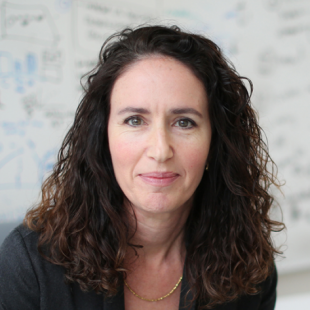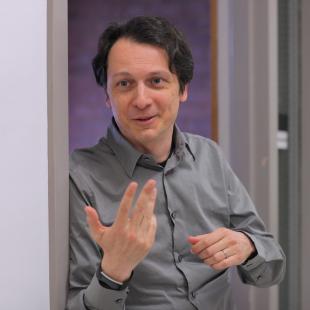The Future in Mind
At Columbia’s Zuckerman Institute, we believe that understanding how the brain works — and gives rise to mind and behavior — is the most urgent and exciting challenge of our time. Led by Daphna Shohamy, PhD, and Nobel laureate Richard Axel, MD, we study critical aspects of the mind and brain, gaining insights that promise to benefit people and societies everywhere.
Our Science: We explore how the brain develops, performs, endures and recovers.
Computation
Can math explain the brain?
Disease
What are the causes of sickness?
Decision Making
How do you make a choice?
Evolution
What makes your brain special?
Growth & Development
How does your brain mature?
Learning & Memory
How do you store and recall information?
Movement
How do you control your body?
The Senses
How do you perceive your surroundings?
Tools & Technology
How does innovation push the boundaries of knowledge?
People
Transforming How We Image the Brain
Bringing her engineering and physics expertise to neuroscience, Professor Elizabeth Hillman, PhD, has developed a wide range of multi-scale in-vivo imaging methods including SCAPE microscopy for high-speed 3D imaging of neural activity.
Scientific Platforms: The tools, facilities and people that make our research possible.
Advanced Instrumentation
Inventing one-of-a-kind tools that spur new scientific experiments
Cellular Imaging
Developing new imaging technologies to illuminate the secret lives of cells
Custom Genetic Access Services
Game-changing tools for investigating brain cell activity
Flow Cytometry
Deciphering the brain, one cell at a time
Magnetic Resonance Imaging
Scanning the brain and body in health and sickness
Research Computing
Providing robust computation and data storage solutions for labs
Virology
Building molecular tools to map and explore the nervous system
The Science Life
An illustrated series exploring the lived experiences of people at a brain science institute.
Our Mission
At Columbia's Zuckerman Institute, our mission is to decipher the brain. From effective treatments for disorders like Alzheimer’s and autism to advances in fields as fundamental as economics, the arts and law, the potential for humanity is staggering.
People
Cracking the Brain’s Code
Professor Stefano Fusi, PhD, wants to design technology inspired by the human brain. As a step toward this goal, he is using math to better understand how the brain itself computes information, especially as related to problem solving, reasoning and decision-making. Dr. Fusi’s work could lead to technological advances that have thus far remained beyond our reach.
Discover the power of your support.
Seed the discoveries that make a difference.





